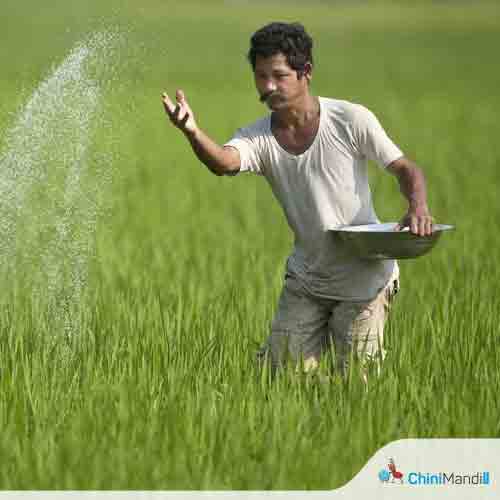India’s kharif crop sowing is progressing steadily, with farmers planting crops across 1,092.33 lakh hectares so far, as against 1,069.29 lakh hectares from last year.
On a yearly basis, the sowing is about 2.15 per cent higher, according to the latest data from Agriculture Ministry released on Monday.
Commodity-wise, paddy, pulses, oilseeds, millets, and sugarcane sowing have been higher year-on-year. Sowing for cotton and jute/mesta has, on the other side, been on the lower side.
Data showed that in the pulse basket, barring uradbean, arhar, moong, kulthi, and moth bean are on the positive side.
Area: In lakh hactare
| S.
No. |
Crop |
Normal Area (DES) (2018-19 –
2022-23) |
Area Sown | |
| 2024 | 2023 | |||
| 1 | Paddy | 401.55 | 409.50 | 393.57 |
| 2 | Pulses | 136.02 | 126.20 | 117.39 |
| a | Arhar | 45.55 | 45.78 | 40.74 |
| b | Urdbean | 36.76 | 30.02 | 31.71 |
| c | Moongbean | 36.99 | 35.06 | 31.05 |
| d | Kulthi* | 1.90 | 0.36 | 0.29 |
| e | Moth bean | 10.32 | 10.53 | 9.42 |
| f | Other pulses | 4.49 | 4.45 | 4.17 |
| 3 | Shree Anna & Coarse Cereals | 180.86 | 188.72 | 181.74 |
| a | Jowar | 16.01 | 15.18 | 14.08 |
| b | Bajra | 72.63 | 69.81 | 70.84 |
| c | Ragi | 10.96 | 10.78 | 8.73 |
| d | Small millets | 4.47 | 5.68 | 5.24 |
| e | Maize | 76.96 | 87.27 | 82.86 |
| 4 | Oilseeds | 190.18 | 192.40 | 189.44 |
| a | Groundnut | 45.28 | 47.49 | 43.39 |
| b | Soybean | 122.95 | 125.11 | 123.85 |
| c | Sunflower | 1.40 | 0.74 | 0.72 |
| d | Sesamum** | 10.26 | 10.95 | 11.88 |
| e | Niger | 1.22 | 0.56 | 0.51 |
| f | Castor | 9.07 | 7.47 | 9.03 |
| g | Other Oilseeds | 0.00 | 0.08 | 0.05 |
| 5 | Sugarcane | 51.15 | 57.68 | 57.11 |
| 6 | Jute & Mesta | 6.74 | 5.71 | 6.66 |
| 7 | Cotton | 129.34 | 112.13 | 123.39 |
| Total | 1095.84 | 1092.33 | 1069.29 | |
Agriculture Minister Shivraj Singh Chouhan recently said that the central government is committed to having 100 per cent procurement for urad, arhar, and masur in all the states, as he called for generating awareness on the issue so that more and more farmers come forward for pulse cultivation.
India is a large consumer and grower of pulses, and it meets a portion of its consumption needs through imports. India primarily consumes chana, masur, urad, kabuli chana, and tur pulse. The government is giving a lot of thrust to the cultivation of pulses.
India has three cropping seasons — Summer, Kharif, and Rabi. Crops sown during June-July and dependent on monsoon rains are harvested in October-November are Kharif. Crops that are sown during October and November and the produce harvested from January depending on maturity are Rabi. Crops produced between Rabi and Kharif are Summer crops.
Traditionally, Indian agriculture (especially the Kharif area/output) is heavily reliant on the progression of monsoon rainfall.
IMD, in its first long-range forecast, has stated the southwest monsoon (June-September) this year is expected to be above normal. Skymet, a private forecaster, also predicted a normal monsoon this year.
The rainfall averaged over the country as a whole during September 2024 is most likely to be above normal (at 109 per cent of Long Period Average), IMD said recently. (ANI)










